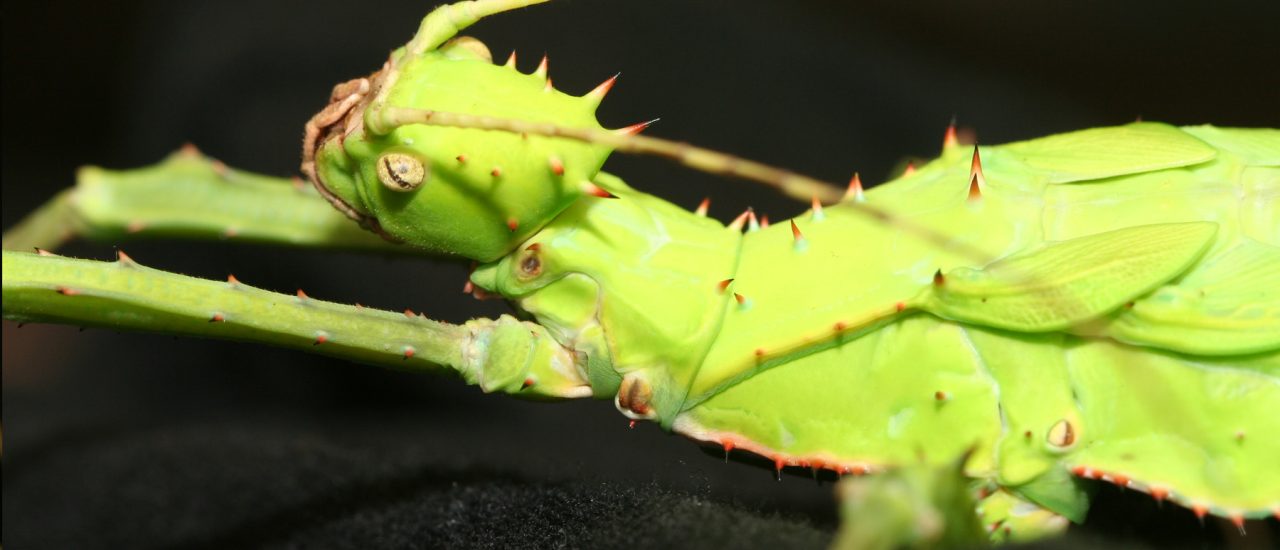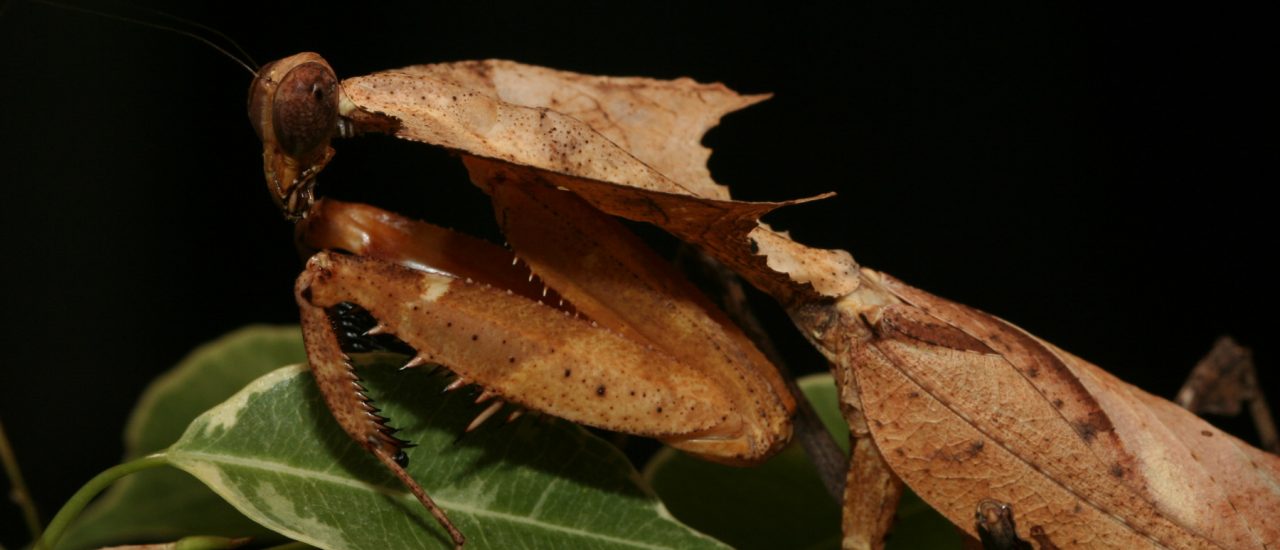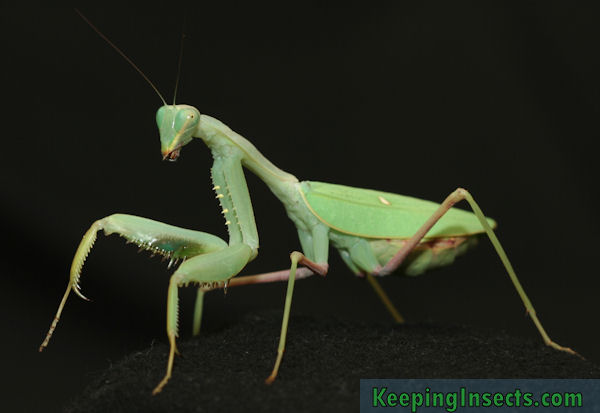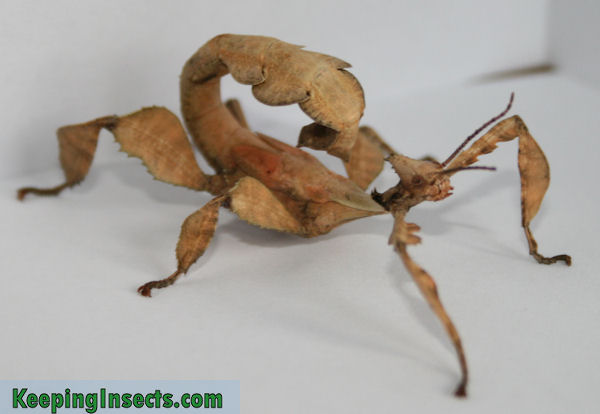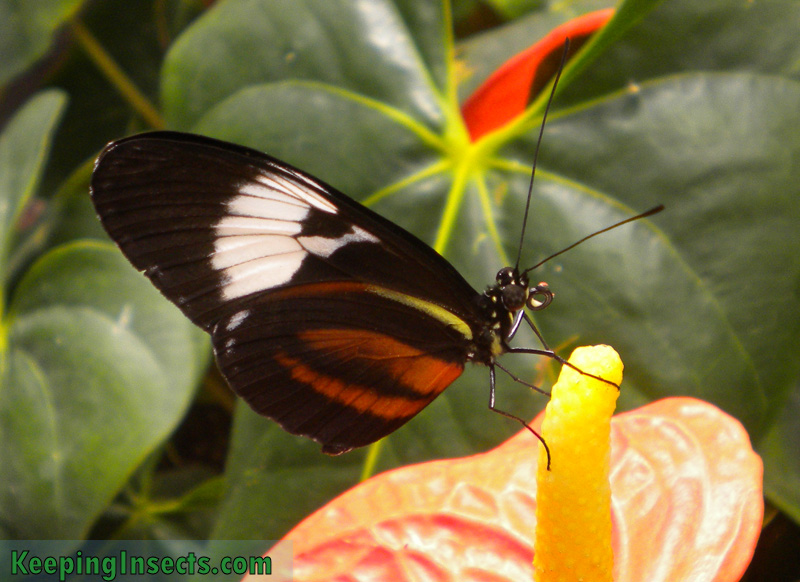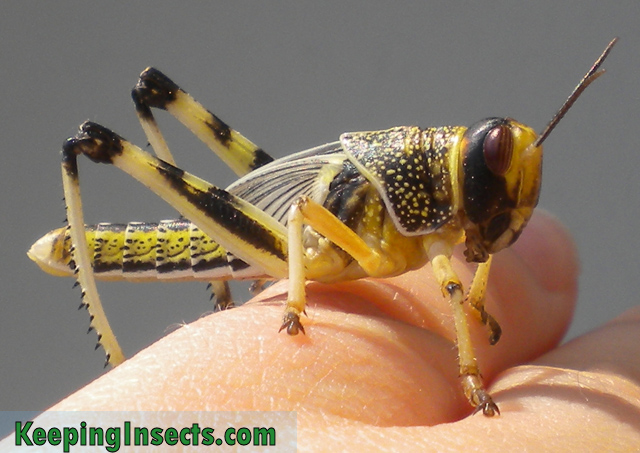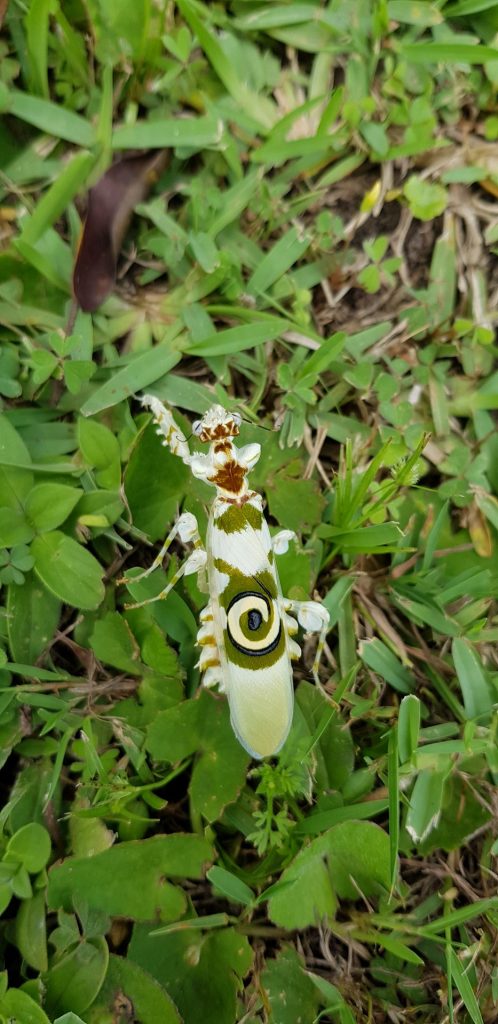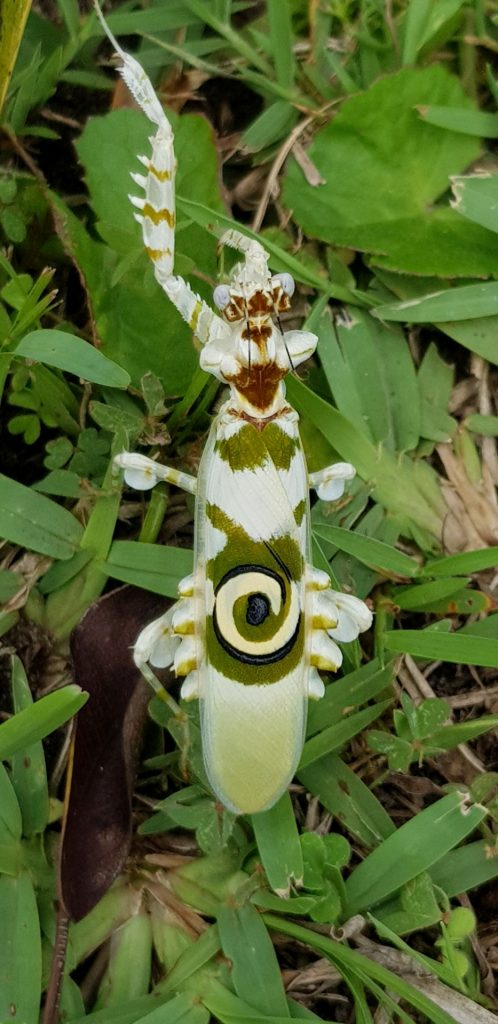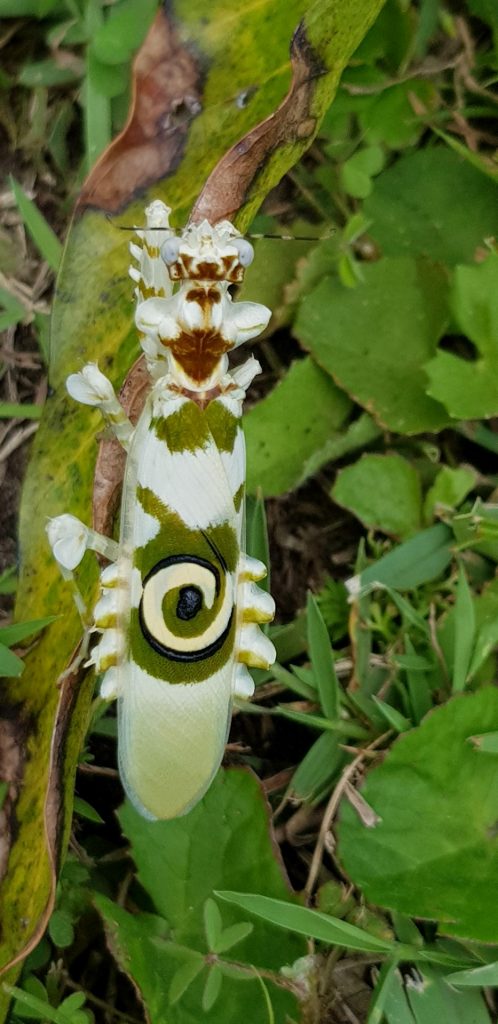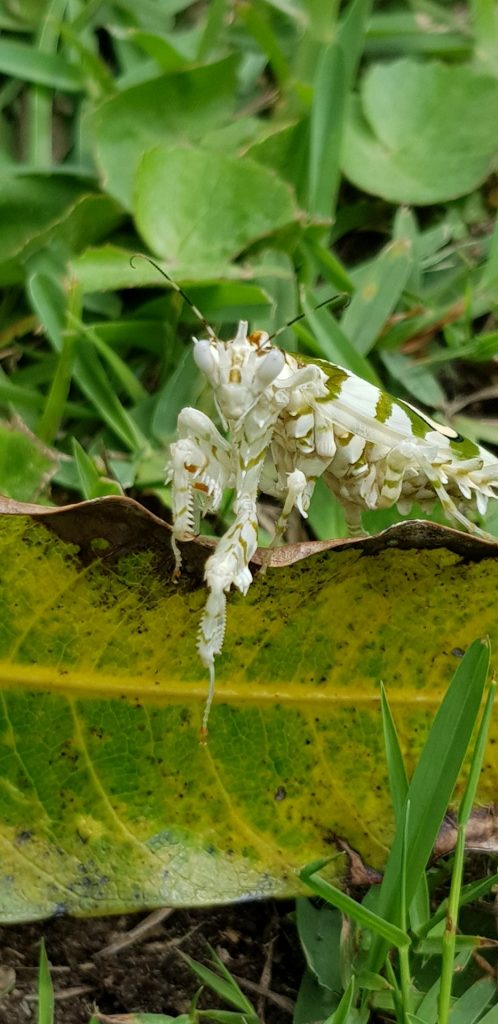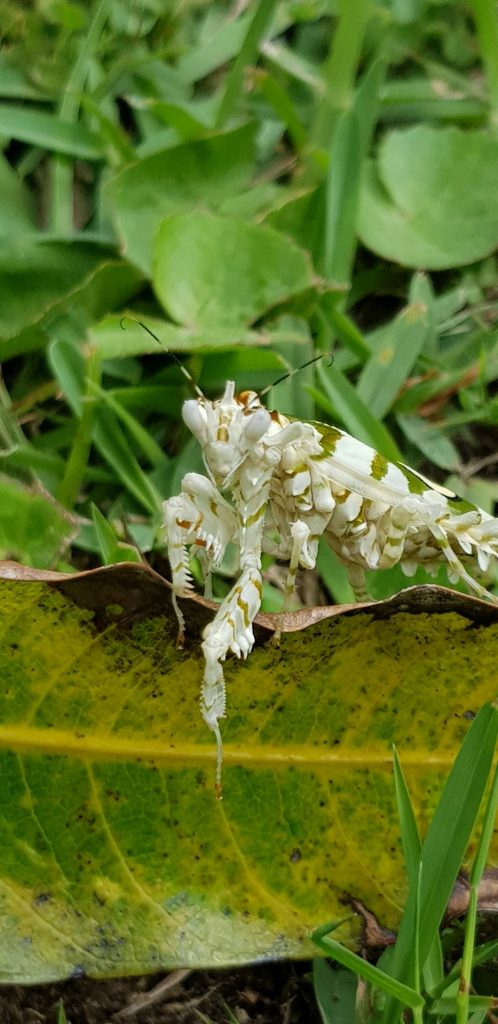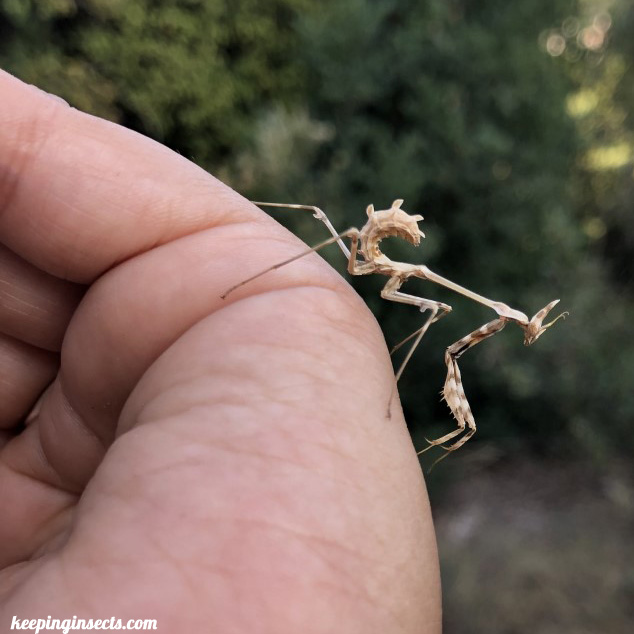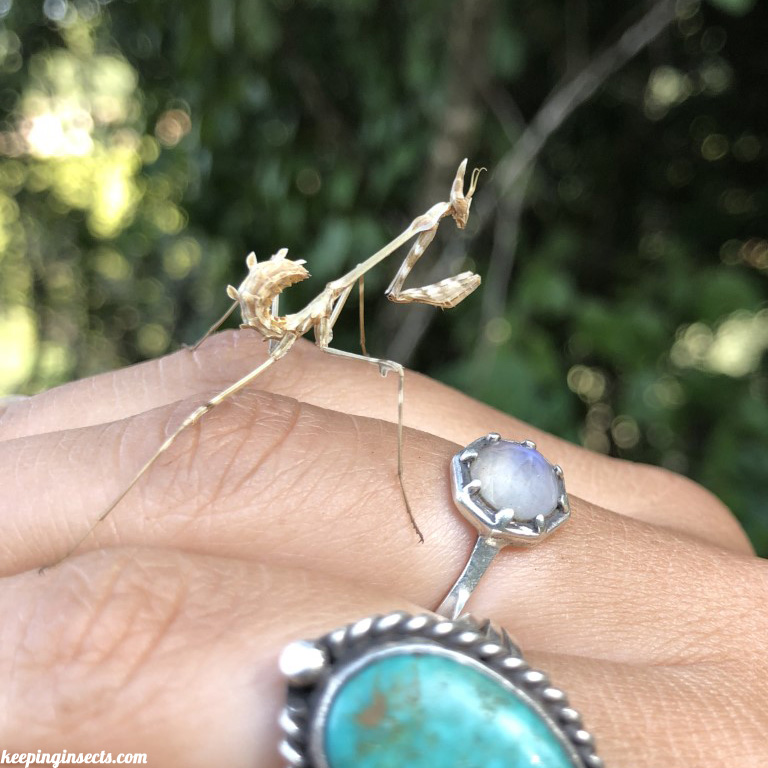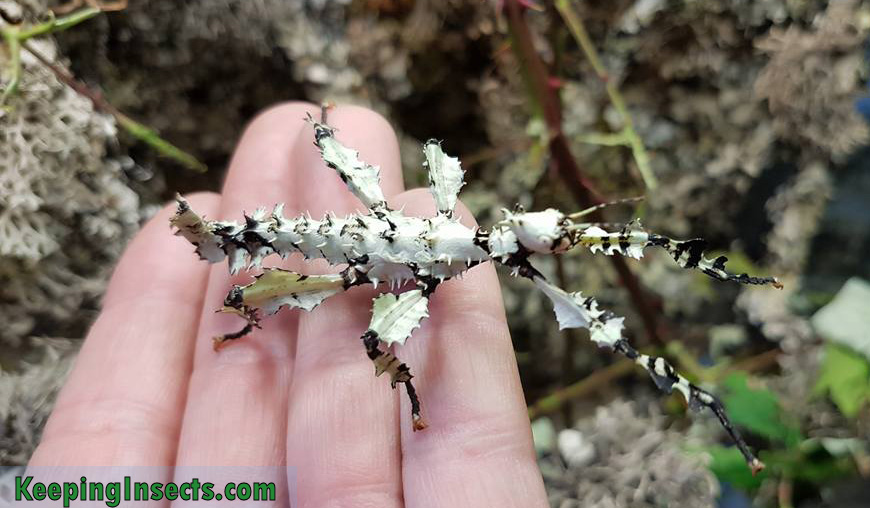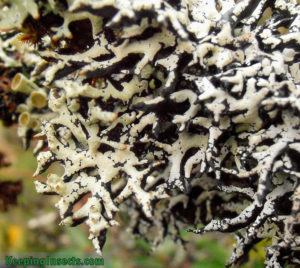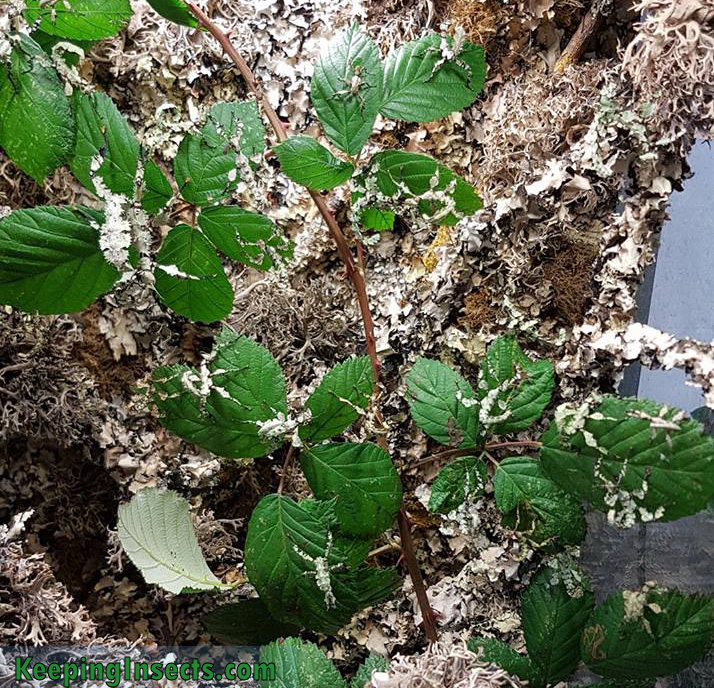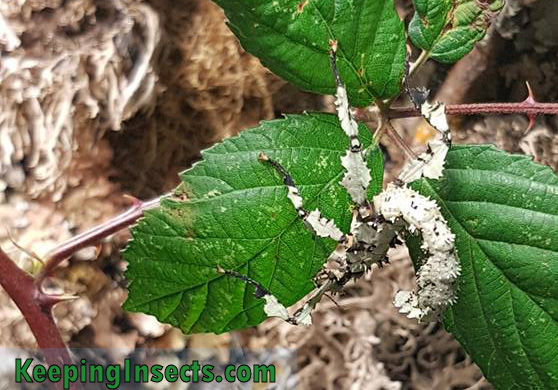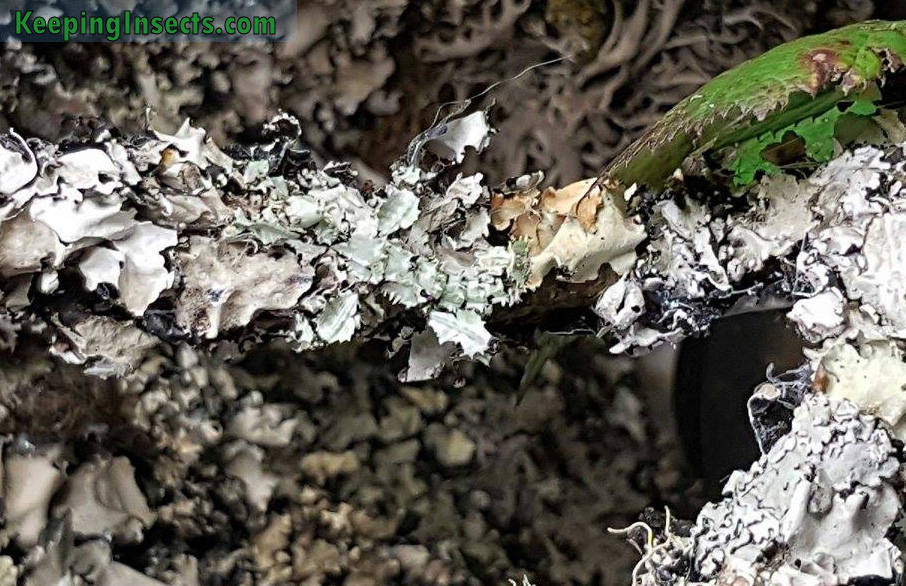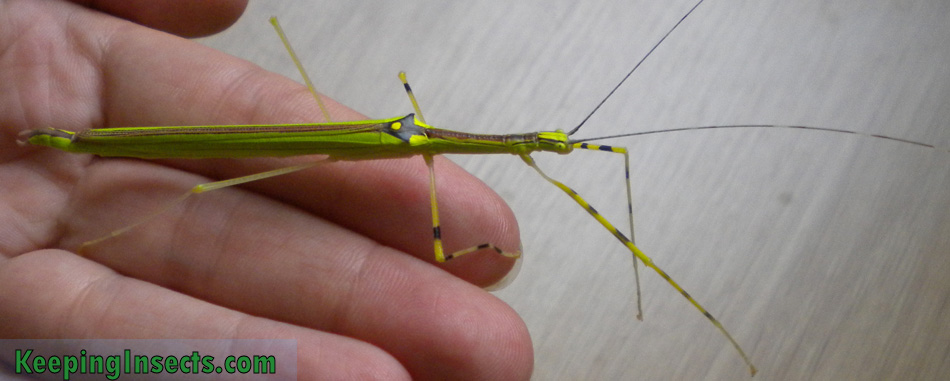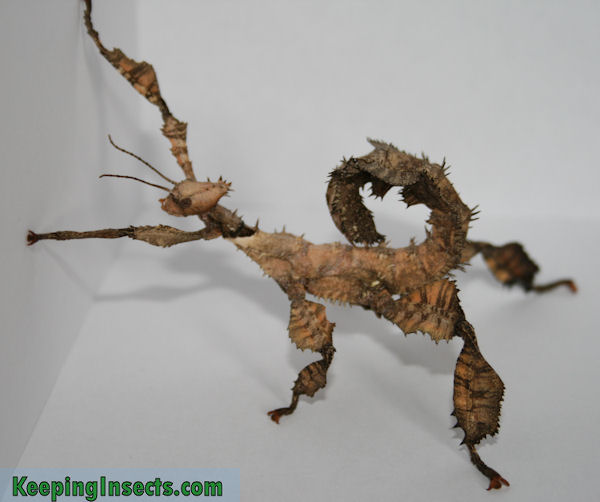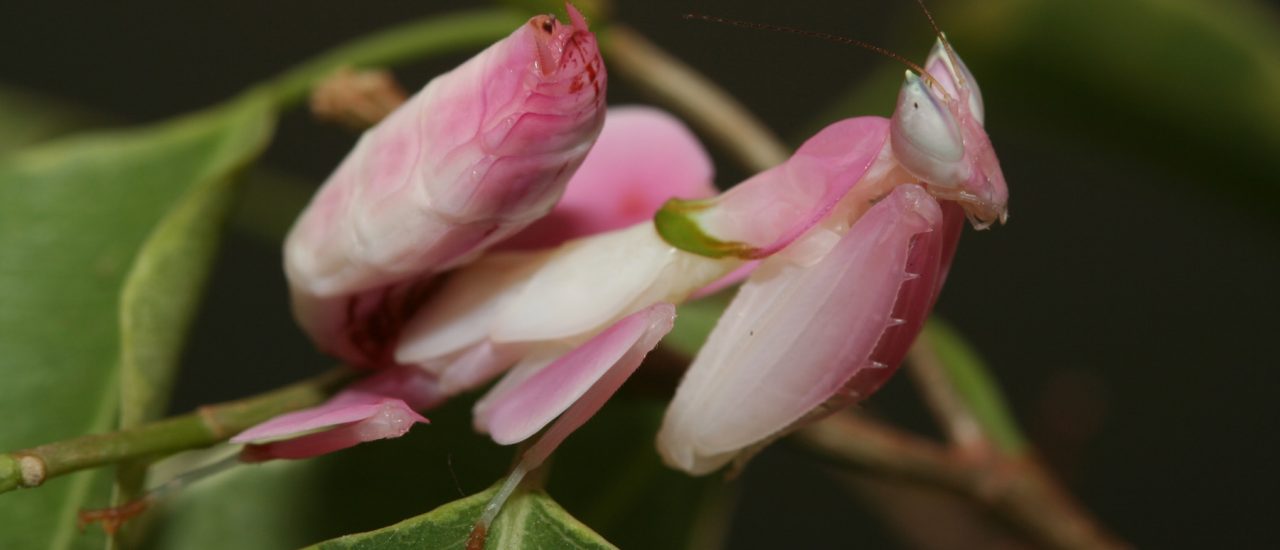

I’ve taken up the hobby again
After some silence on my part, it was time to get back into the hobby of raising insects. I started with a beautiful ghost mantis female and obtained a male for her pretty quickly thereafter. We are going to make pictures of both of them and breed them. The life stages after that will all be photographed and published here on the blog. Here is already a small start:
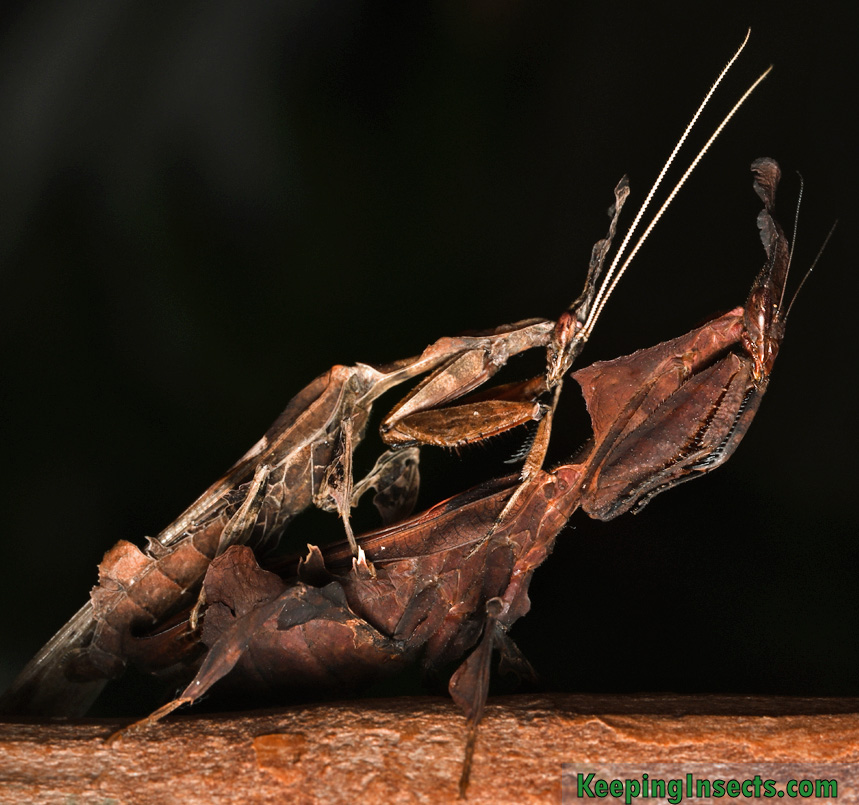
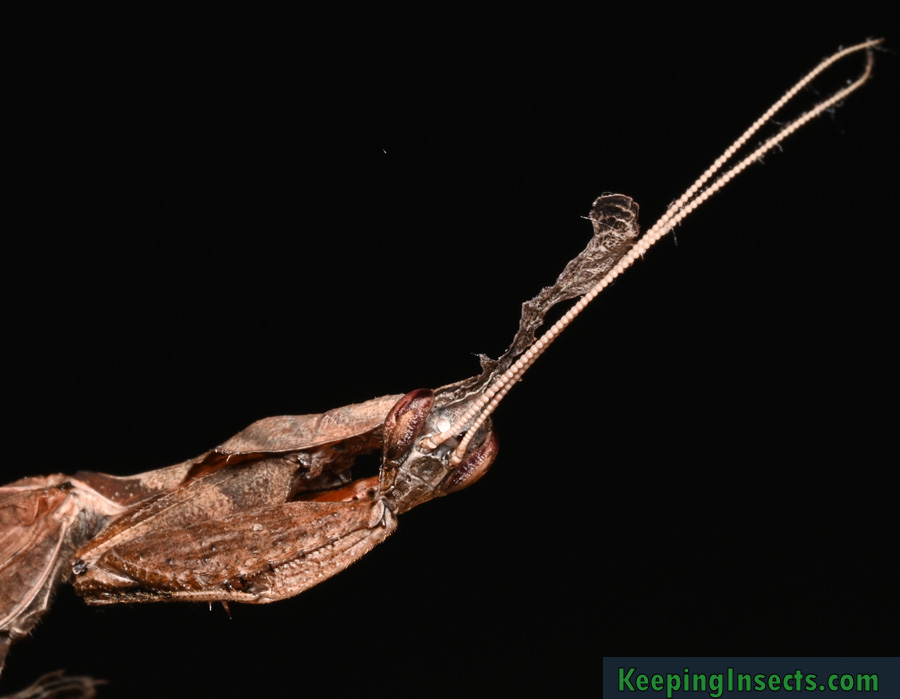
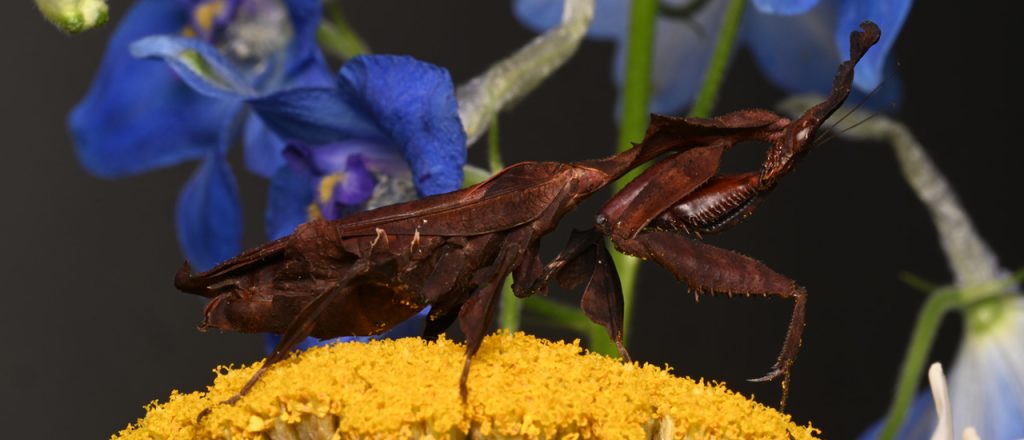
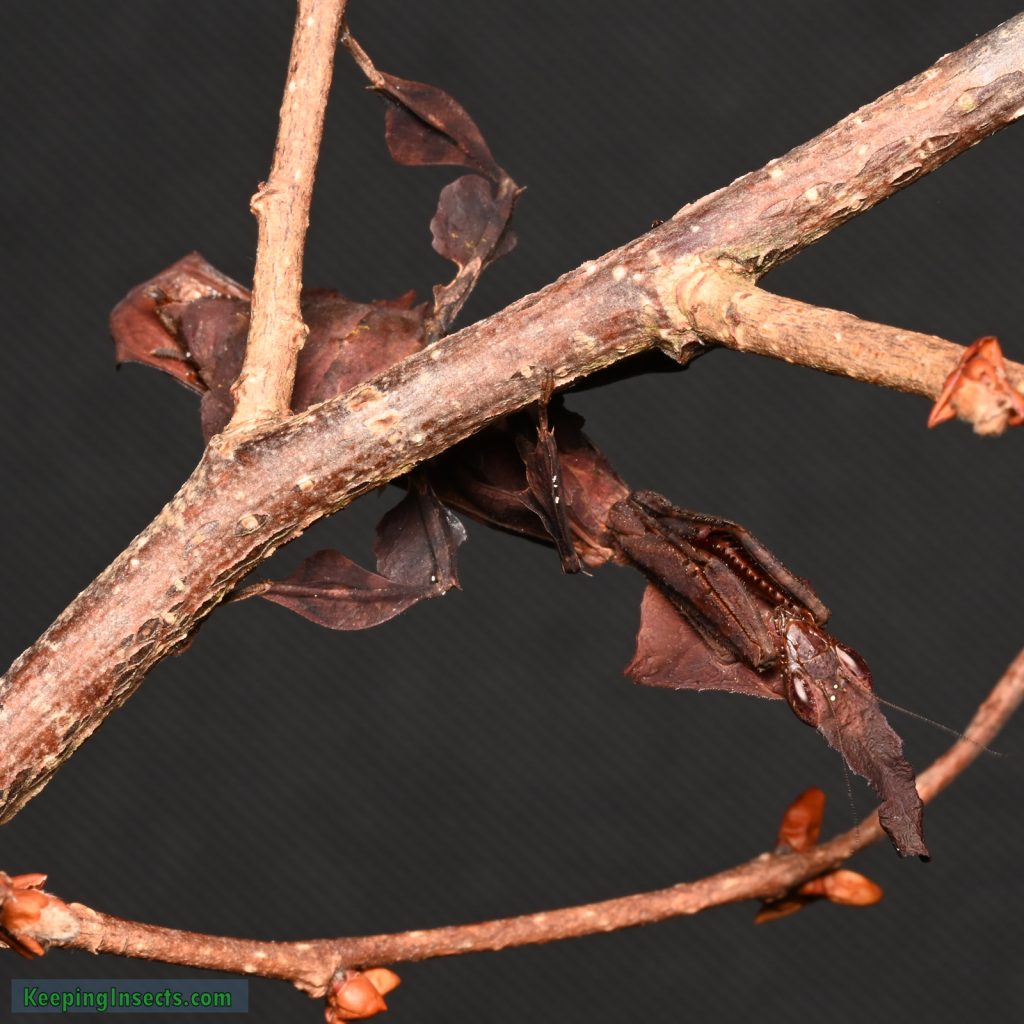
Mantis ID in South Africa
I got a question to ID a mantis found in South Africa.
Good day Can you be so kind to tell me what species of mantis this is found it in my yard in Richardsbay it looks like the Indian flower mantis but this one has a different face and legs
Well it was a delight to email back what species it is, as the mantis is a very beautiful adult female Pseudocreobotra wahlbergii – Spiny Flower mantis. I wish I lived somewhere where these gorgeous insects would just show up in my yard.
With permission I am sharing the pictures that where taken before she was released back into the wild.
You can read more about this praying mantis species here: Spiny Flower Mantis. You can notice that the eyes of this mantis are very light colored, almost white, at daytime in the bright light, but turn purple in less bright conditions.
A beauty in Croatia
I got a question this week about a mantis that was found in Croatia.
“I was on your site and I came across this mantis but I couldn’t find the name of it! I saved your photo (below) and below that is what I think is the same kind of mantis I found yesterday (in a Croatia) just wondering if you can tell me the name of it 🙂 thank you !!”
The mantis she was referring to is Empusa pennata. The one she found was a subadult female. Here are the pictures of this gorgeous mantis.

Pictures published with permission.
Below are some other pictures of the same species.
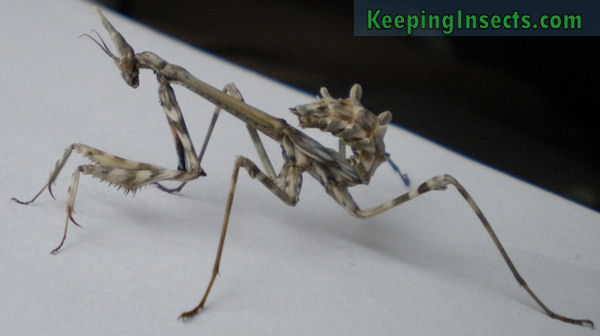
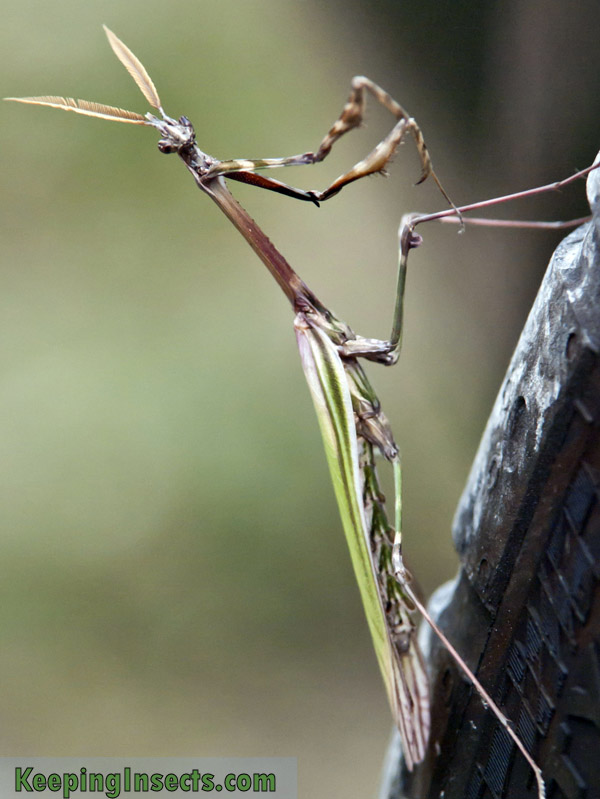
A nice video about bees – what would happen if all the bees died?
I stumbled upon this video about bees. It looks a big sensational, about the end of the world, but it turned out to be actually very nice. It answers the question about what would happen if all the pollinating insects died. Not just bees but all kinds of species.
Honeybees are domestic animals, they do not occur in the wild anymore. I think there is a lot of interest about the honeybee, while actually people can manage them quite well. They are domestic and all of them are kept by a bee keeper. The other insects and the wild bees are more interesting in my option. Many other species of bees, solitary bees, humblebees and other pollinators that will pollinate our food plants.
Amazing video of young Orchid Mantis nymphs
An Orchid Mantis is something else. White and pink in color, with big petal like lobes on its body. It mimics a flower. But did you know it starts life mimicking an ant? The newborn nymphs are bright red in color with a black hat and black legs. They are shiny and bright and look simply amazing.
This BBC video shows them in stunning close up detail:
I love the video except the ending, I think that was totally unnecessary.
The Latin name of an Orchid Mantis is Hymenopus coronatus. You can read all about them on this page.
From egg to bee in 60 seconds
This video shows the development of a honeybee from egg to adult bee. This takes 21 days, but the timelaps shows it in just 60 seconds. It’s really amazing to see how it works. Worth the watch!
Hercules beetle lifecycle
You have beetles and you have BEETLES. The Hercules Beetle is definately of the latter kind. The Hercules beetle Dynastes hercules hercules is a species of beetle from is a large native to the rainforests of South America, Central America, and the Lesser Antilles. The species is part of the rhinoceros beetle species. The males grow a huge horn on their head, which is used to fight other males. Females lack their horn, making them appear much smaller. Male Hercules beetles can grown up to 17,5 cm in length including their horn. That makes them definately a BEETLE.
To be able to be this big as an adult beetle, the beetle larva (grub) has to get huge as well. It starts as a tiny egg and hatches into a tiny grub. But then it eats and eats, for one to two years. It lives inside rotting logs and feeds of the rotting wood. The grub can get up to 100 grams in weight. After it is done eating it will mold into a pupa. This life stage hardly moves and stays in the log until the pupa has developed into an adult beetle (imago). It then emerges from the pupa and comes out of the log. It will live for a couple of months. When adult a Hercules beetle eats fruits and in captivity it can also be fed with beetle jelly and other food sublements.
Hercules beetles are being kept as pets by insect ethousiasts. I never had one, but more patient people have reared them succesfully from egg to grub, pupa and finally adult beetle. The following video shows the entire list of stages. I’m especially impressed with the huge grub and the moving pupa!
I’m happy to see that quite a few people are able to breed beetles succesfully. One female can produce around 100 eggs, making one succesful breeder a huge supplier of new grubs and beetles. This allows insect enthousiast to purchase a captive bred larva or beetle, sparing the ones in nature. Rearing beetles can give us fascinating new insights in the life of beetles and will motivate us more to preserve their habitat.
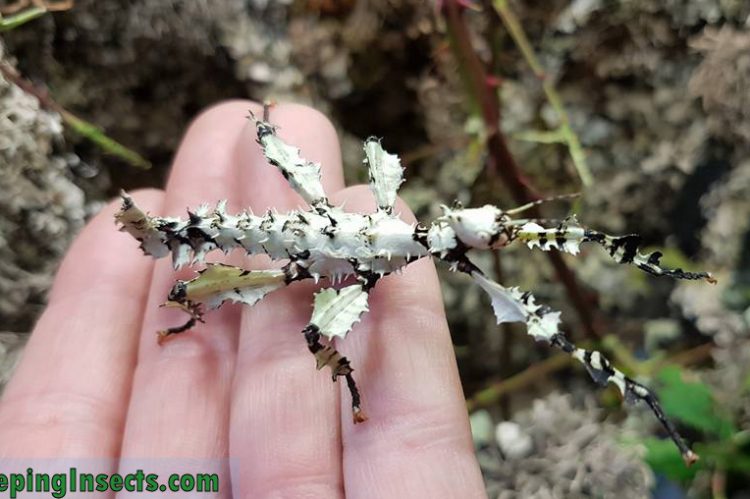
How to get the lichen color morph of the Giant Prickly Stick Insect Extatosoma tiaratum
The Giant Prickly Stick Insect (Extatosoma tiaratum) from Australia is a very popular stick insect as a pet. It is big, pretty and very easy to rear. You will mostly find this species of stick insect in colors of brown. Uniformly light brown or light brown with some darker spots are the most common colors. But did you know you can also raise green or even lichen-like individuals? Especially the lichen variety is very rare and very impressive. They are white to white-green with black spots. Check the pictures out!
Anyone that is keeping Giant Prickly Stick Insects can create some individuals in this color. The difference in color is not due to genetics, but due to environmental circumstances. It is possible that some genetic stock has a greater tendency to turn into lichen morphs, but all Giant Prickly Stick Insects can do it.
The colors a young Giant Prickly Stick Insect nymph experience around it will determine the colors it will show. Of course it can only show colors that are in its natural capabilities, so a purple Giant Prickly Stick Insect is out of the question. But green and lichen are both color patterns that are possible for this species of stick insect. Lichen is a common part of the natural environment of Giant Prickly Stick Insects in their habitat in Australia. Adopting the lichen color will therefore help the insects blend into their environment.
It’s easy to create lichen-morph Giant Prickly Stick Insect nymphs. You just need to raise Giant Prickly Stick Insect nymphs since birth in an enclosure full of lichen! Some of the nymphs will molt into lichen color morphs, you will notice this at the first molt. Others will molt into the green color morph and some will not react at all and stay light brown or mottled brown. Only female nymphs will show the lichen color morph. When the nymphs are not lichen in their first molt, it is unlikely that they will do so in subsequent molts.
When the insects reach adulthood they will not stay in their lichen colors. The lichen nymphs will end up as green adults. When a lichen nymph molts it will appear a little bit greener, this fades back to white after about one day.
In this terrarium full of lichens (and their food: bramble leaves) these insects can be hard to spot:
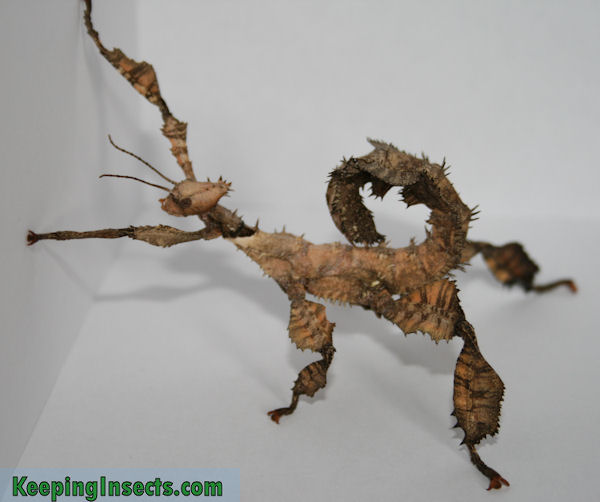
The more common color for a Giant Prickly Stick Insect nymph.
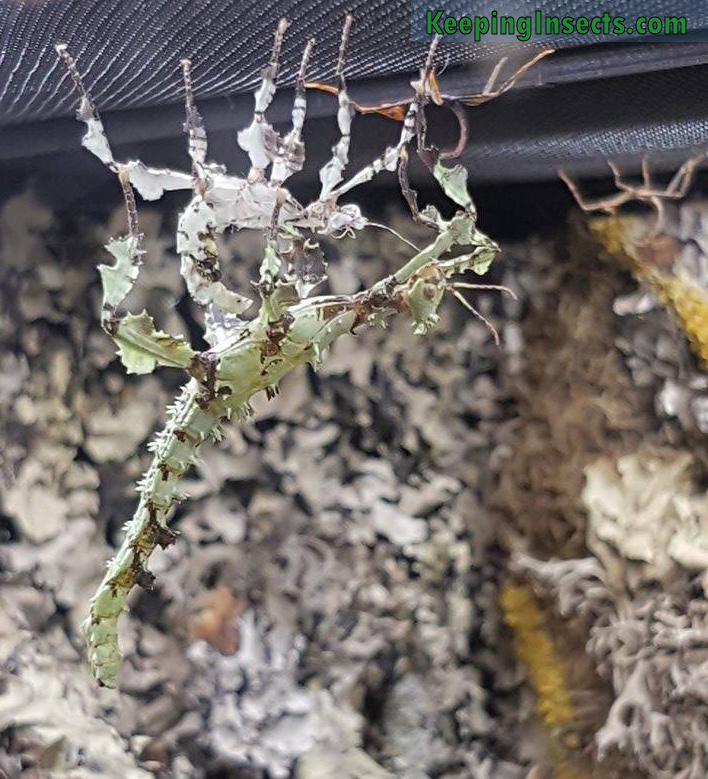
A lichen color morph just after molting. Just after molting they appear more green, this will fade into white again.
Do you want to know how to raise Giant Prickly Stick Insects (Extatosoma tiaratum)? Check out their page.
How to find leaves for your stick insects in winter
Stick insects eat fresh leaves, so you will have to find a way to provide this for them. It’s generally not for sale at the pet shop! Luckily you can find fresh leaves in most countries all year round. Even in winter you’ll be able to find it.
Firstly: what does your stick insect eat? Not all species will eat the same. The most common stick insect, the Indian Stick Insect, eats ivy leaves. Ivy is evergreen so will keep its fresh leaves all year round. Ivy is also easy to keep indoors, so you could even just have a pot with an ivy plant indoors. So it’s easy to find these leaves.
Most stick insects do not eat ivy, but will eat another evergreen plant: bramble. Bramble will keep its leaves in winter, but not all of them. When the winter will get really though, it will lose most or all leaves. Therefore you will have to look for bramble bushes in areas with some protection against the cold. Like under bridges, in parks or close to buildings. You’ll generally still find some bramble leaves.
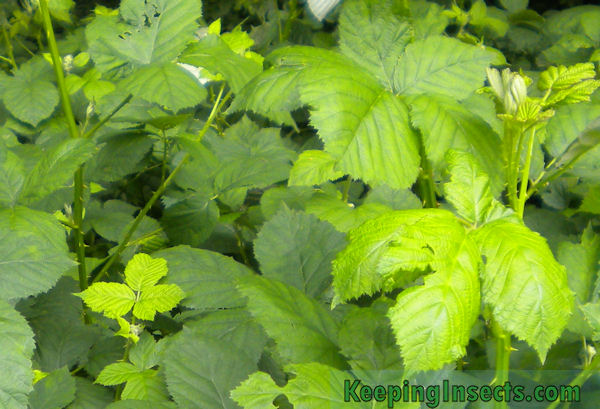
bramble leaves
If you know cannot find any bramble leaves in winter, because you live in a really cold area, you should prepare yourself before winter. You can cut bramble leaves and branches and freeze them in your freezer. When you thaw them they will not be as fresh, but the stick insects will eat them. Alternatevely you could keep cuttings in a jar of water in a cold, non-freezing area like your garage. The leaves will stay fresh for some time.
If you are really having trouble finding leaves in winter, you could buy organic rose bushes at your garden center. These organic bushes are not sprayed with insecticide and thus are safe to eat for your stick insects. If your specie will eat bramble leaves, it will also eat rose leaves. This will get them through the winter months.
When spring arrives you should not feed the fresh new bright green bramble leaves to your stick insects. These fresh leaves contain a poison that could kill your insects. Keep on feeding the old dark green leaves until the new leaves are larger and less brightly colored. Then they should be safe to eat for your critters.
You can read more about the different food plants at our Food Plants page.
Readers question: My stick insect stopped eating after molting
I received this readers question in my inbox this week. I thought to share it with you, as I get many questions on the same subject.
Hello Linda,
Not too long ago my girlfriend and I acquired two giant prickly stick insects, and using your information on the web we’ve been watching them grow with keen interest and joy. They have finished their final molt and we’ve been keeping an eye out for eggs, however since their last molt they have not eaten (save once, and very little at that) regardless of the leaves. My question being is this a sign of something wrong or do they recoup for a bit longer before eating after the final molt (usually they get hungry post molt after about a day or two, it is now approaching four days.)?
We haven’t seen any eggs dropped, but they are still little poop machines, not nearly as much before but only slightly less in that department, so I’m unsure what is going on as I can tell from the leaves they are not eating.
Thank you for your time,
Bryon Janich
Oregon, USA
I’m happy to tell that there is no need to worry about the health of these two stick insects. It is normal for stick insects to stop eating just before and just after shedding their skin. Sometimes that takes just one day, sometimes a bit more. It should not take more than around 5 days. A stick insect can live without food for some time, especially if they are older and bigger and thus have more reserves.
As the stick insects of Bryon still poop, they still have some food to digest so it’s even less crucial for them to eat. It’s important to keep the food available and keep the air humidity at high enough level. Spraying some extra water droplets more often will allow them to drink more, as when fasting they are not taking in any moisture from their food.
The eggs will not be produced until around 4 weeks after the final molt. With the giant prickly stick insect the eggs are very easily distinguished from the poop. The eggs cannot be missed. It’s just waiting now for them to be produced!

